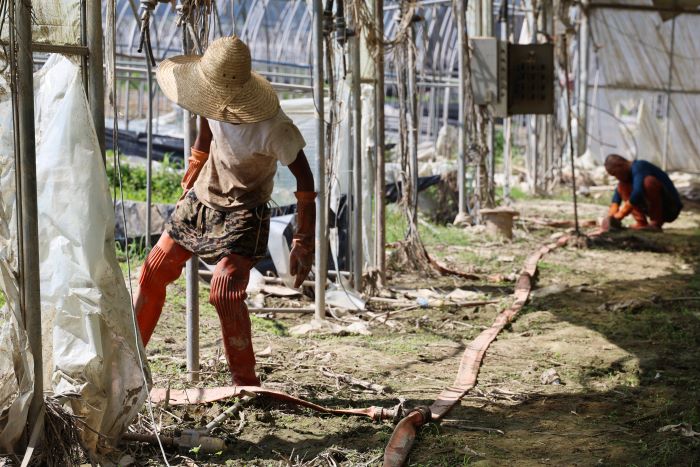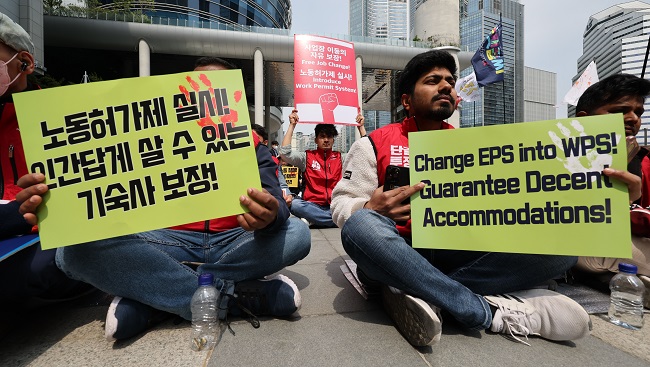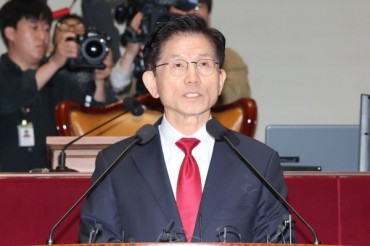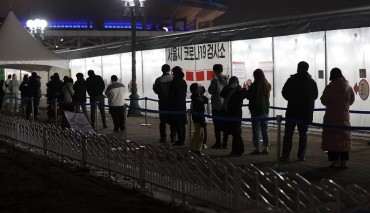
The use of foreign labor is growing at a rapid pace to meet the ongoing labor shortage. However, organizations representing the rights of domestic workers, such as the Korean Trade Union Confederation, are strongly opposed to this, saying that working conditions will only worsen. This is a picture of a foreign worker working at a flood recovery site. (Yonhap)
SEOUL, Nov. 27 (Korea Bizwire) – South Korea will bring in an all-time high of 165,000 non-professional migrant workers next year under the Employment Permit System to cope with growing labor shortages hitting many industries, the Ministry of Employment and Labor said Monday.
The government will also expand the industries in which the foreign workers arriving here with the non-professional employment visa (E-9) can work, to newly include restaurant, mining and forestry sectors, the ministry said.
In the case of the restaurant industry, for instance, Jeju, Sejong and 98 local governments plan to recruit foreign workers as kitchen assistants for Korean restaurants.
By industry, manufacturing will accept the largest number of E-9 visa holders at 95,000 people, followed by 16,000 for agriculture and livestock, 13,000 for service, 10,000 for fishing, 6,000 for construction and 5,000 for shipbuilding, the ministry said, adding the remaining 20,000 will be distributed regardless of industry.
The E-9 visa is issued for migrant workers wanting to engage in jobs that require manual or non-professional labor. The number of migrant workers entering South Korea with the E-9 visa has steadily increased in recent years, rising from 52,000 in 2021 and 69,000 in 2022 to 120,000 this year.

Foreign worker organizations, including the Migrant Trade Union and the Migrant Workers’ Equality Alliance, protested in Seoul on April 30, one day before Labor Day, to demand better working conditions. (Yonhap)
(Yonhap)






